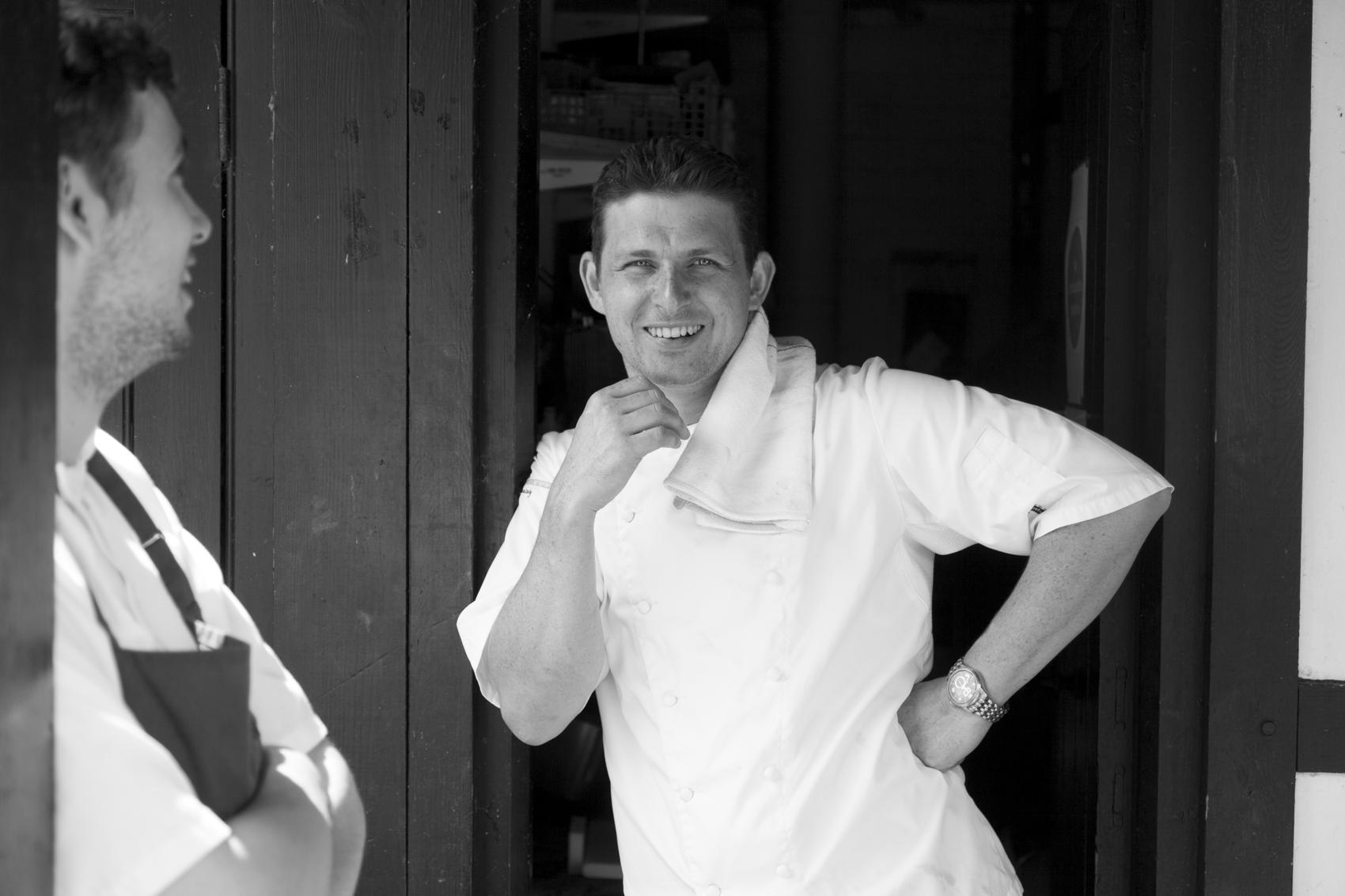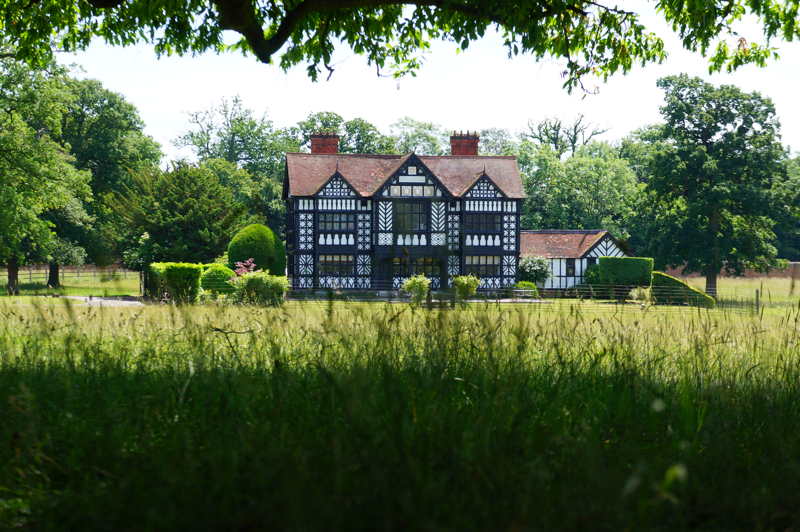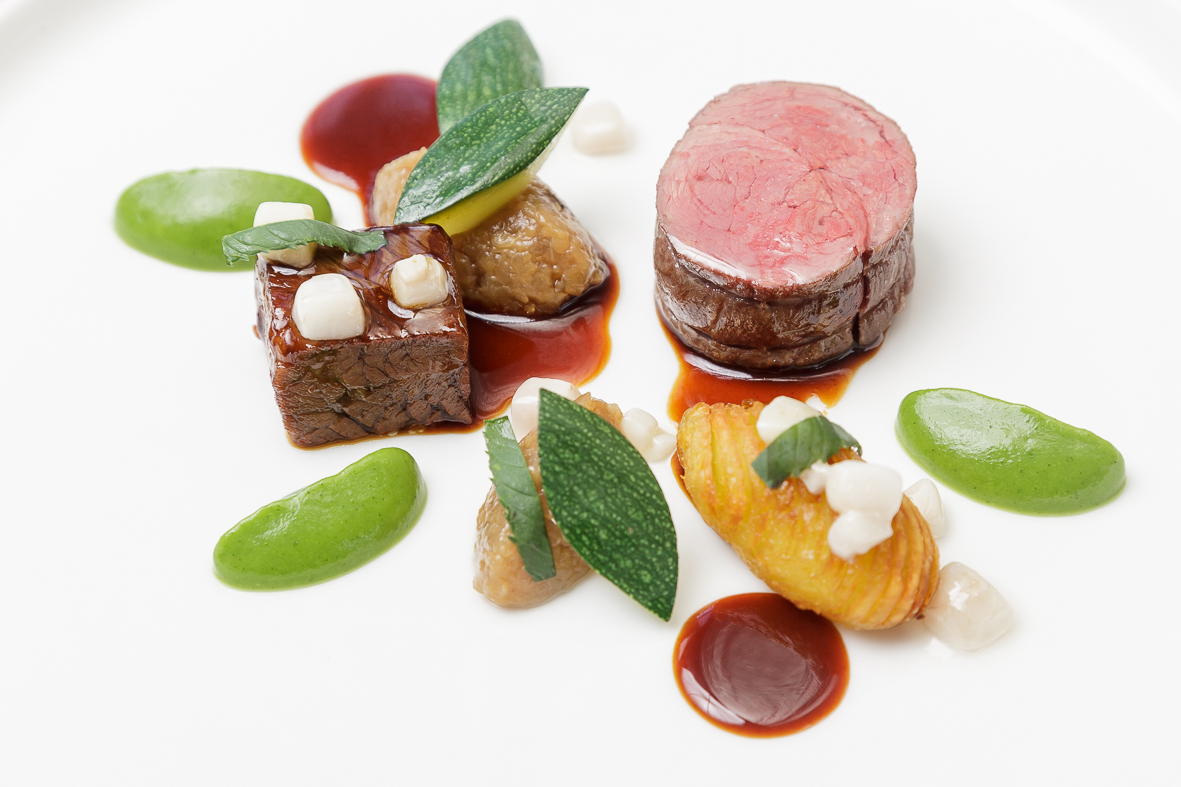
Interview with Chef Phil Fanning on Molecular Gastronomy
We got the chance to ask Chef Phil Fanning of Paris House all about Molecular Gastronomy and the way in which he implements Modernist techniques in his kitchen. Read about what he has to say here!
Chef Phil Fanning is Head Chef at Paris House restaurant located in Woburn, England. In order to find out more about what Molecular Cuisine entails, we approached Fanning to get his expertise on the matter. He explains the benefits of Molecular Gastronomy, which he refers to as Modernist Techniques. He also touches on sustainability in cooking, Paris House, his introduction to Molecular Cuisine, and more. If you are curious chef, foodie, or wondering how sustainability connects to Molecular Gastronomy, then keep reading!

LM – Luxiders Magazine
PF – Phil Fanning
LM: What is your connection to Molecular Cuisine and why did you start specialising in it?
PF: Molecular techniques have become more popular over the last ten to fifteen years; now most college courses will include a basic introduction. The younger chefs coming through the ranks are now very keen to be taught these techniques, and this definitely drives their use to a certain level. My first real experience with Modernist Cuisine was when I dined at the ‘Fat Duck’ around fifteen years ago. As a young chef, I was blown away by what could be achieved. From that moment, I began to learn about what is possible in cooking, and how it can help with my personal style of cookery.
LM: What are the benefits of Molecular Gastronomy?
PF: Molecular Cuisine methods allow greater control over ingredients in ways that more traditional methods cannot. This greater control generally leads to higher levels of consistency, and often less wastage. Modernist techniques can also be used to introduce unusual and interesting textures and presentations that can make them more enjoyable or entertaining to eat.

LM: What are the challenges when creating Molecular Cuisine?
PF: It is very easy to overdo the use of Modernist techniques and make a dish feel fake or engineered. My opinion is that Modernist techniques should be used to enhance an already sound dish rather than be the centre piece. Another challenge is that a lot of Modernist ingredients require very specific conditions to work or perform at their best. To achieve these conditions an in-depth knowledge is required, and sometimes specialised and very expensive equipment.
LM: Does Molecular Cuisine work to solve the sustainability related problems of today’s food industry, e.g., energy costs, CO2 emissions, and waste?
PF: Modernist techniques are normally borrowed from long standing and well established mass production processes, where scientific research is used to improve consistency and minimise wastage. These techniques on a large scale will undoubtedly be used to reduce waste and save on resources. At restaurant level they are largely used to improve, refine, and add intrigue to dishes rather than make processes less wasteful.



LM: What are the main Molecular menu suggestions that you recommend people taste at your restaurant?
PF: We do not have one specific dish that stands out as a ‘Modernist’ dish. Instead, most of the dishes on our tasting menu will have a Modernist element or technique supporting the dish. Maybe a liquid nitrogen frozen granite, or a piece of meat cooked sous vide, or a heat stable gel skin made with Iota and Kappa carrageenan. In our current beef ‘Cottage Pie’ dish, the braised beef will be cooked sous vide for twelve hours at ninety degrees, and the rib of beef is cooked for four hours at fifty five degrees. The potato top is made of granules of wheat that pop like popcorn with an intense potato flavour. These Molecular methods are coupled with age old techniques and flavour combinations to create the best Cottage Pie you’ve ever tasted!
+ Words:
Emma Dahl
Luxiders Magazine








